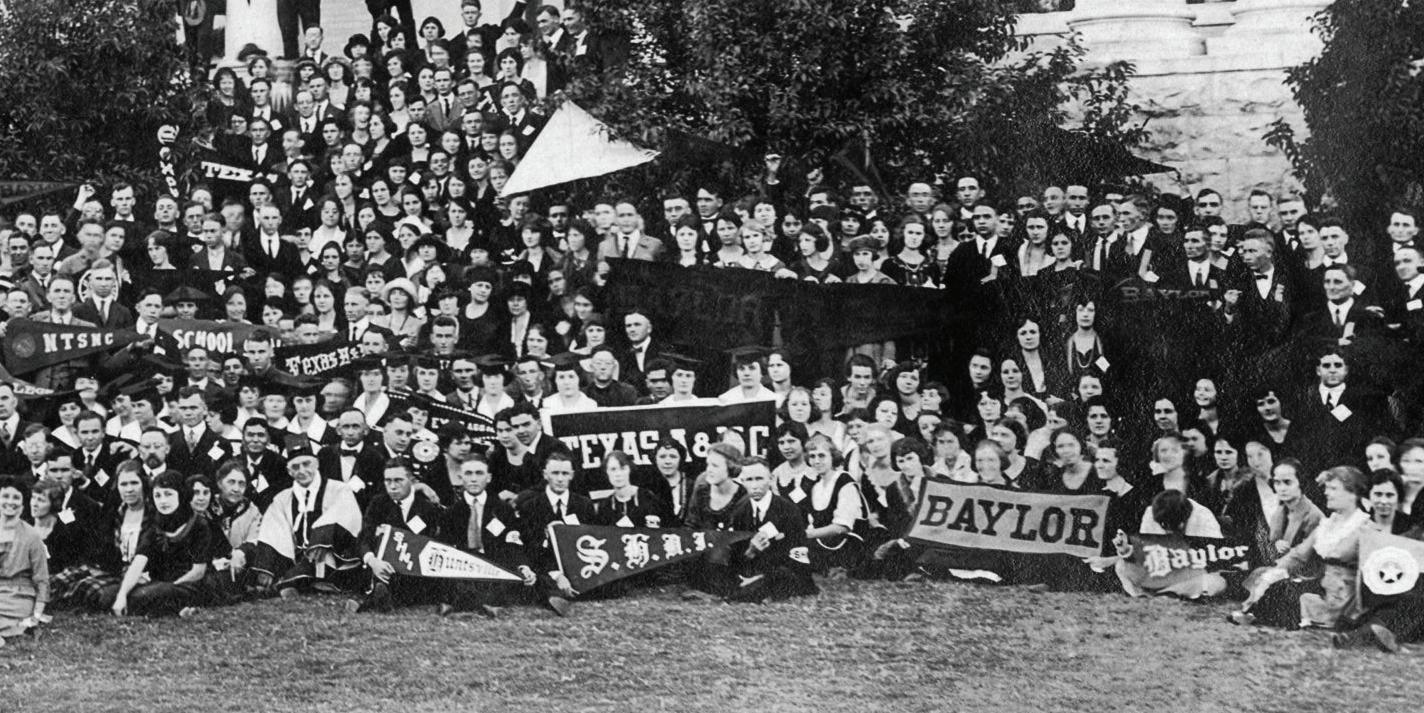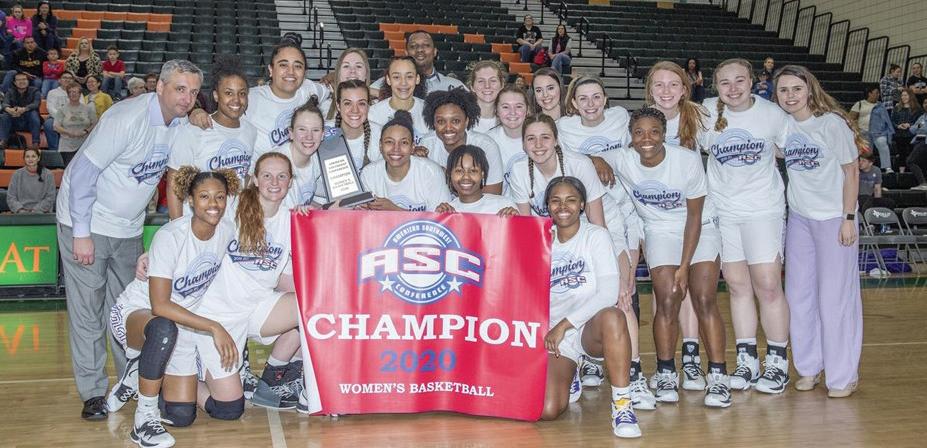
3 minute read
CAMPUS LIFE
BSM celebrates 100 years on campus
This year, the Baptist Student Ministry is celebrating its 100th year on the UMHB campus—a century of transforming students’ lives through mission opportunities, discipleship, and evangelism.
“It’s hard to quantify the impact the BSM has had over this last century here,” said Director Daniel McAfee. “Countless students have gone on their first mission trips, learned to share their faith, and come to know Jesus through the ministry and work of this organization. Clearly, the BSM has made a big impact on a lot of people’s lives here.”
For some, being involved with the BSM changed their lives completely, and for others, the ministry has helped spur them on to a life in ministry.
“There’s a hundred years’ worth of faithfulness that has been at work here, and it’s an exciting time,” said McAfee, who stepped into the role as leader last August. He replaced Dr. Shawn Shannon, who had served in that position for 18 years.
—Daniel McAfee, BSM Director
UMHB was one of the first schools to host a student-led Baptist Student Union (what the BSM was originally called before the name changed in 1994).
According to historical documents, during a meeting of the Texas Baptist General Convention (TBGC) in 1919, the executive board was instructed to begin an all-inclusive religious organization involving college students.
“Baptist schools and some state schools had a simultaneous desire to have a Baptist witness on Texas campuses,” Shannon explained.
Dr. Joseph P. Boone, who was the TBGC student secretary in 1919, was charged with finding campuses to use as a pilot program.
“The more I learn about UMHB’s role in the beginnings of the BSM as a whole, the more acutely aware I become that the leaders and students of the BSM are standing on the shoulders of so many men and women who have come before us,” McAfee said. “Their faithfulness and sacrifice are an inspiration as we plan and dream for the next 100 years of the BSM at UMHB.”
A home away from home
Stribling and Burt celebrate 100 years of history this year
One hundred years ago this year, two men with a passion for Christian education helped build two iconic residence halls that have served as a “home away from home” to thousands of women getting their education over the last century.
Stribling Hall and Burt Hall celebrate 100 years on campus this year and offer up some rich history as two of the oldest buildings on campus, along with the Wells Hall academic building, which also marks its 100th year on campus this year.
Stribling Hall is named for Ruth Stribling, who came to Baylor College in 1908 at the age of 14 and remained for five years. In honor of Ruth and her time spent at UMHB, her father, J.C. Stribling, donated $50,000 to help build the new hall. On March 20, 1920, ground was broken to erect the three-story, red-bricked, white-columned hall, which was built as a companion to Ely-Pepper Hall. Stribling Hall was intended to house up to 185 students. Each of its rooms were designed for two students and fitted with lavatories and closets. The residence hall was the second permanent dormitory in the Cottage Home System and one of the most modern in the South. With fall enrollment increasing to 400 students, construction was fasttracked to complete the building by the beginning of the fall term in September, and students began occupying it the following semester.
Burt Hall was also built that year, thanks to a $100,000 gift from Mr. R.E. Burt, who was blessed with great wealth and had a heart for Christian causes, including education and missions. Burt Hall was built with 100 rooms with connecting baths. Each room had a dressing room with individual dressing tables, a lavatory, fulllength mirror, a living area with two single beds, a study table, and chairs. Both residence halls were built to be entirely fireproof.
With the erection of the two residence halls in 1920, the college now had nine permanent buildings of brick, stone, or concrete on an estate of 375 acres, which also included a laundry, creamery, dairy, book store, and post office—making a total value of $1 million.

Stribling Hall (top) and Burt Hall celebrate 100 years on campus this year and offer up some rich history as two of the oldest buildings on campus, along with Wells Hall, which also marks its 100th year on campus this year.





